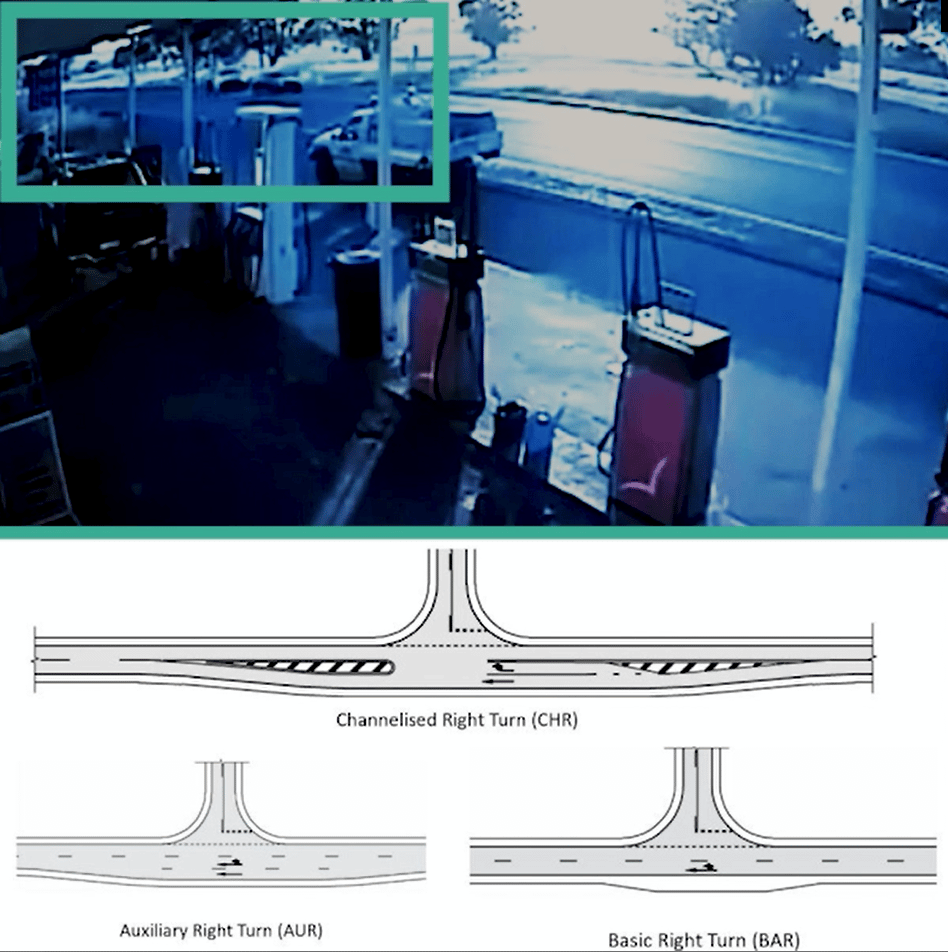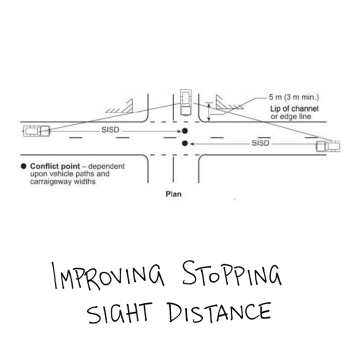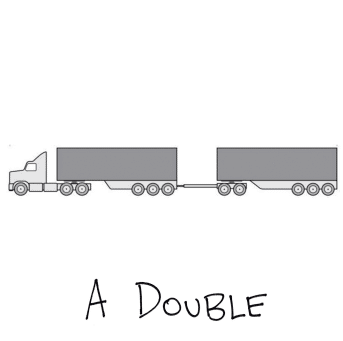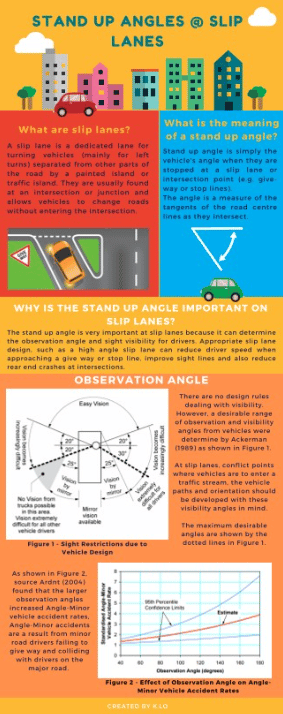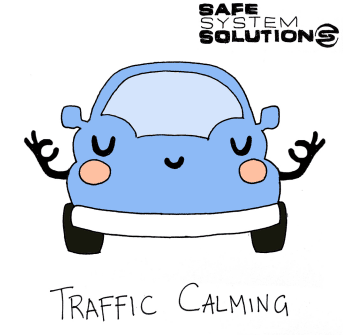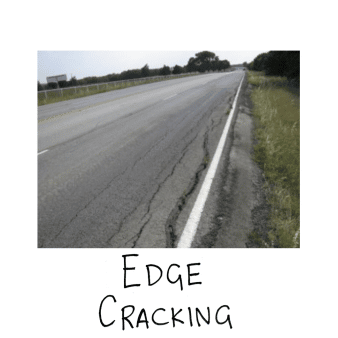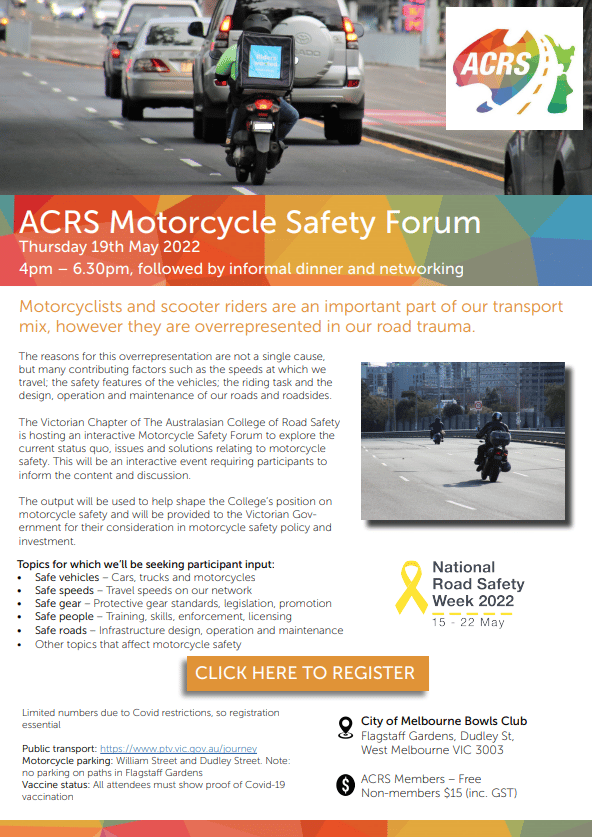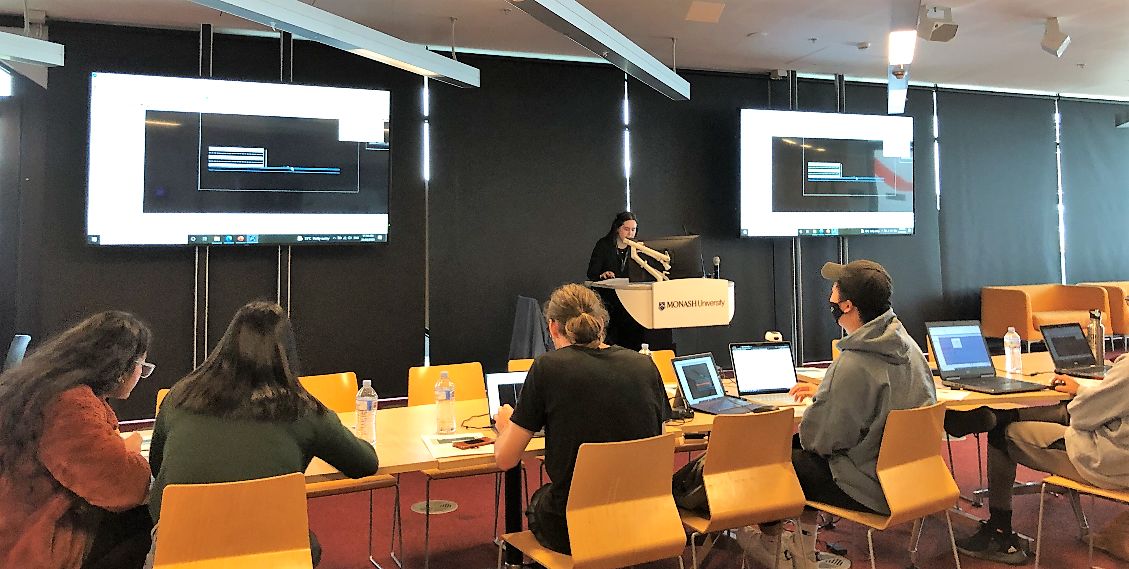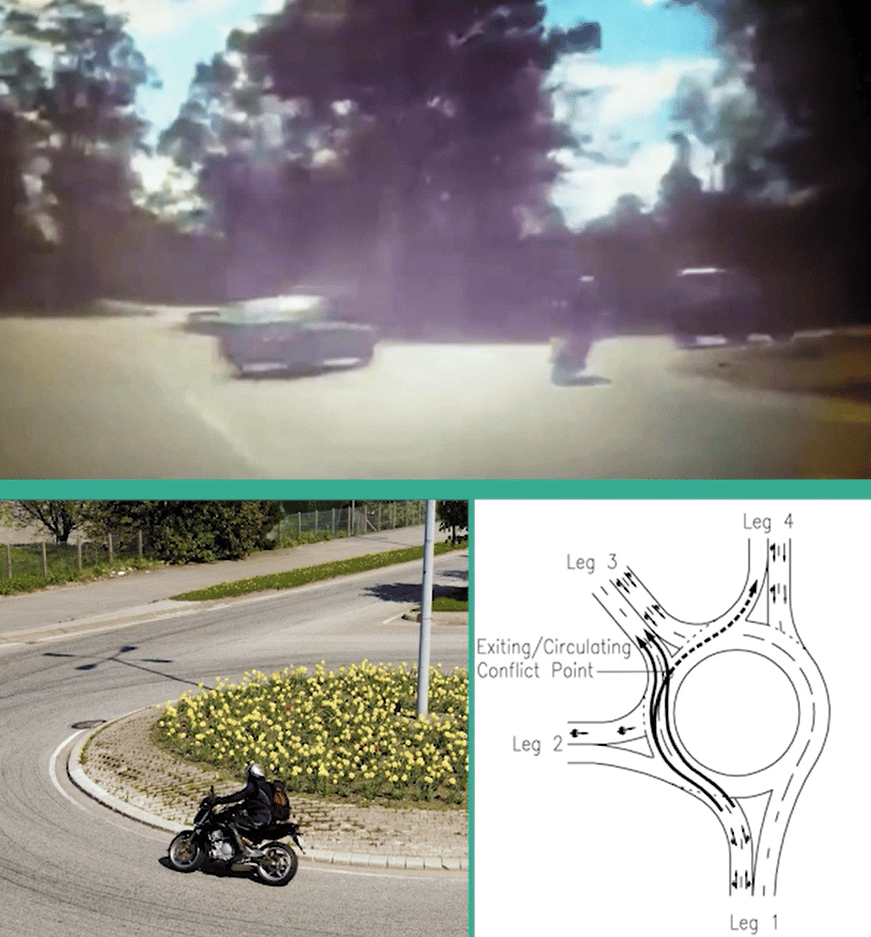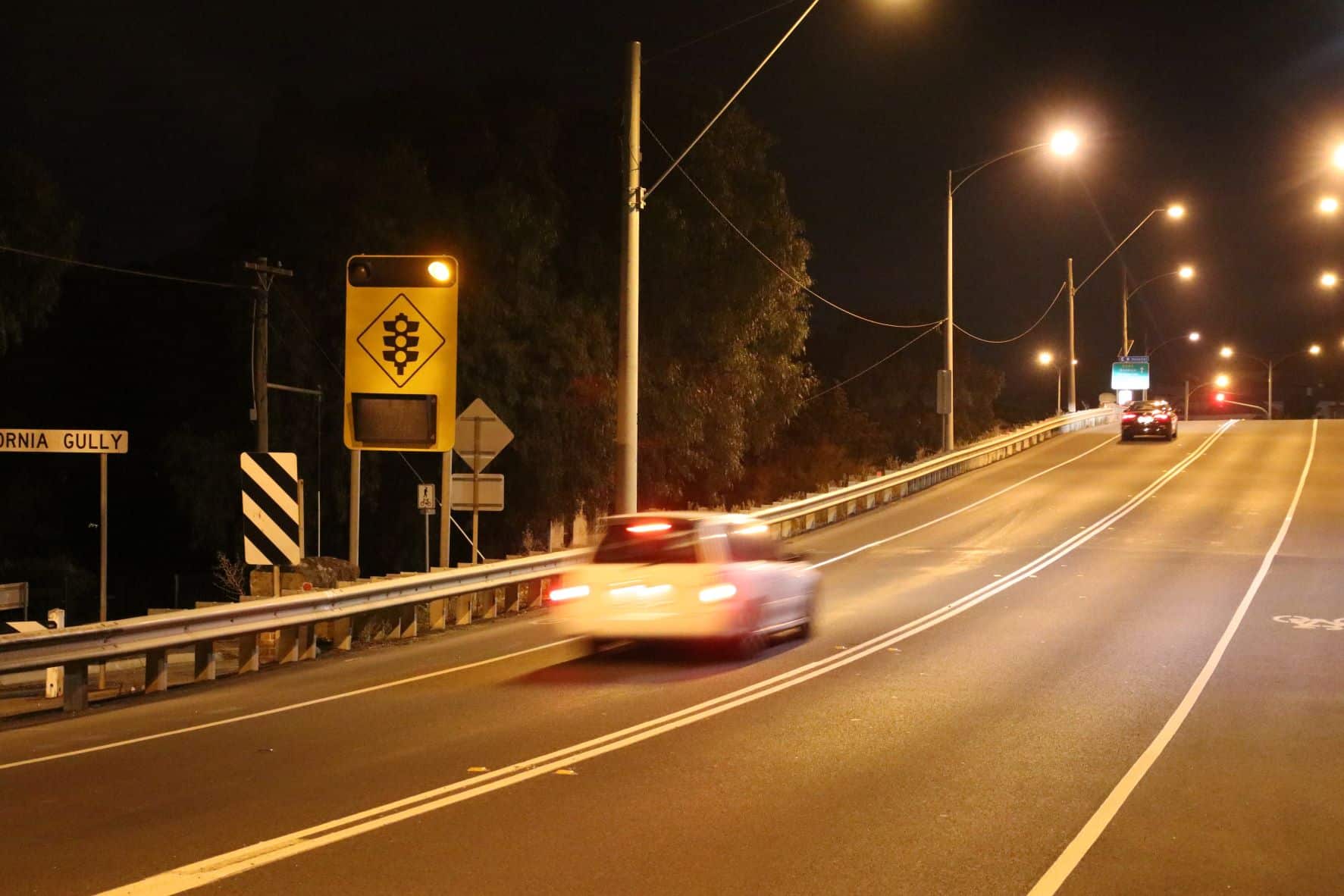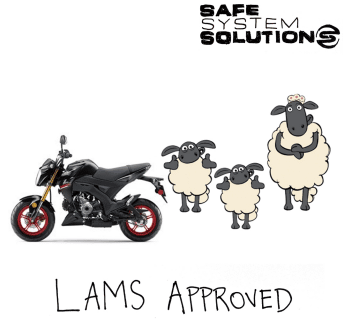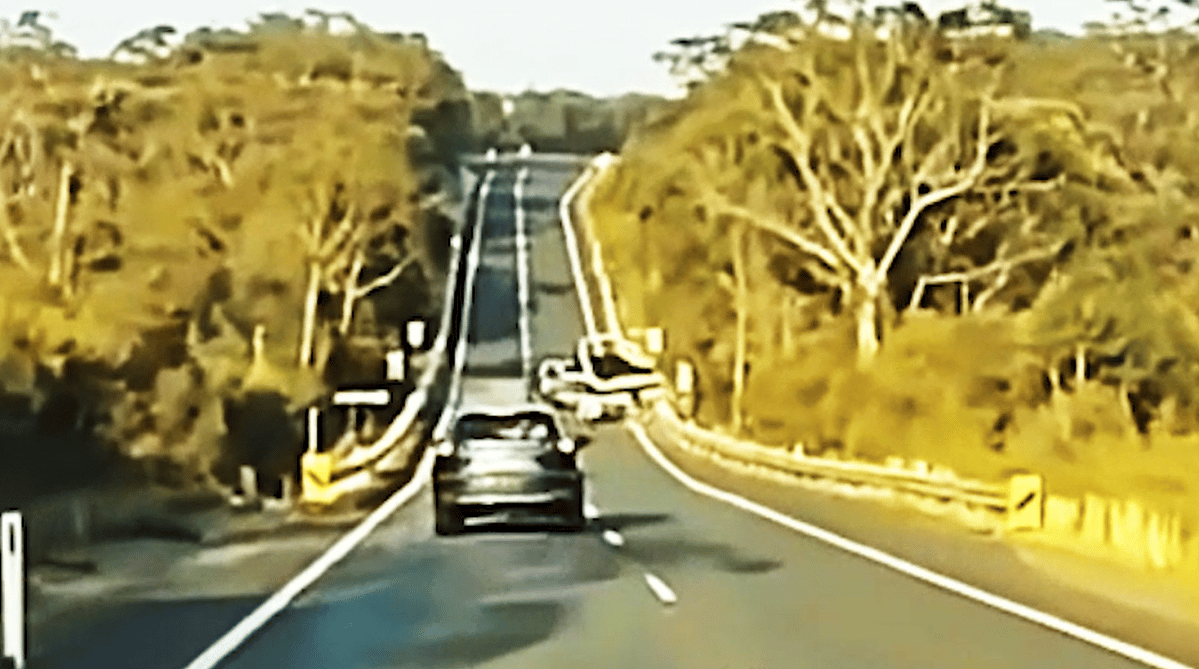Latest News
Safe System Snippet #165 Rear-end Crash
Converting Auxiliary Right Turn (AUR) lanes to Channelised Right Turn Lanes (CHRs) is expected to reduce rear-end crashes by 30% (TMR Road Safety Policy Fact Sheet). This is because the vehicle propped to turn right has their own dedicated road space. This is a...
Safe System Sketch
Happy Friday.Here's this week's Safe System Sketch from our engineers.
Safe System Snippet #164 Vehicle Size
Vehicles are getting bigger. Across Australia and New Zealand, the mass and dimensions of vehicles in the fleet has increased considerably over the past 25 years. This is one of the main reasons Australia and New Zealand moved to the Manual for Assessing Safety...
Safe System Sketch
Friday Safe System Sketch.Have a wonderful weekend.
Top 10 Reasons for Safe System Assessments Popularity
Safe System Snippet #163 Stand Up Angles at Slip Lanes
One of the assessments in our Road Safety Audit course requires participants to undertake research into a road safety topic. This helps them explore and understand their assigned topic, and they get to view all the other participants’ assignments across varied topics....
Safe System Sketch
Friday Safe System Sketch time.Have a good weekend.
Safe System Snippet #162 Y-intersection in Eaglehawk
Squaring up a Y-intersection in an urban area has many advantages, including: ✅ The speed of vehicles through the intersection is lower, providing advantages for pedestrians, cyclists, motorcyclists and passenger vehicles. ✅ An improved observation angle for drivers...
Safe System Snippet #161 PolyBuffer
None of the motorcycle underrun protection devices accepted for use in Victoria have been tested on the end terminal of road safety barriers. As a result, they must terminate before the end terminal. This can result in strange and somewhat unintuitive applications...
Safe System Sketch
Happy Friday. Here's our engineers' Safe System Sketch for the week.Have a good weekend.
ACRS Motorcycle Safety Forum
Places are filling fast for this motorcycle safety forum:Thursday 19 May⏰ 4 - 6:30pm followed by informal dinner and networkingMelbourneACRS members = free. Others $15.Register here: Register
MicroStation Training for Monash Engineering Students
Building technical skills in the next generation of road safety practitioners. This week we were excited to deliver MicroStation training for Monash engineering students in partnership with Transport Engineers at Monash - TEM. This one-day intensive course focused on...
Safe System Sketch
Friday's Safe System Sketch.Have a good weekend.
Safe System Snippet #160 Motorcyclists at Roundabouts
Roundabouts reduce casualty crashes by 75% for all vehicles, yet when looking at motorcyclists in particular, they only reduce casualty crashes by 37%. [update note: Scully, J. H., Newstead, S. V., Corben, B. F., & Candappa, N. L. (2009). Effect of past black spot...
Safe System Snippet #159 Active Advanced Warning Signs
Active Advanced Warnings Signs (AAWS) should be used in advance of traffic signals where sight distance to signals or a potential back-of-queue is limited. They are also used in locations where drivers have a lowered expectation of signals, for example, when driving...
Safe System Snippet #158 Pedestrian Crossing Markings
Line marking should be clear, consistent and correct. For a pedestrian crossing (aka zebra crossing) or wombat crossing this must be white lines on a contrasting background (see AS1742.10) . This can be hard to achieve when using a concrete surface. If the use of...
Safe System Sketch
Friday Safe System Sketch.Have a good weekend.
Safe System Snippet #157 Barrier Length
To perform satisfactorily, safety barriers must have sufficient length to enable vehicle redirection. In addition, barrier end terminals require sufficient support to perform (absorb energy and anchor the system) as designed and tested. When crash testing a barrier,...
Safe System Snippet #156 Bridge Barriers
Because of the cost of structures (bridges, culverts, etc.) these are often a narrow point within the road network. The risk or run-off-road crashes on the approach to, and throughout the structure increases. As a result, it is important to have well designed and...
Safe System Sketch
Friday Safe System Sketch.One for the signals engineers.Have a good weekend.

